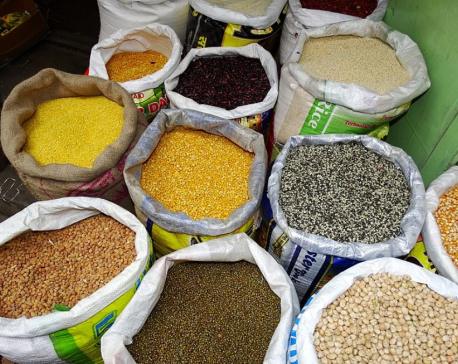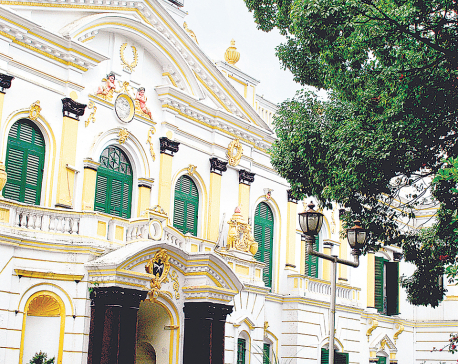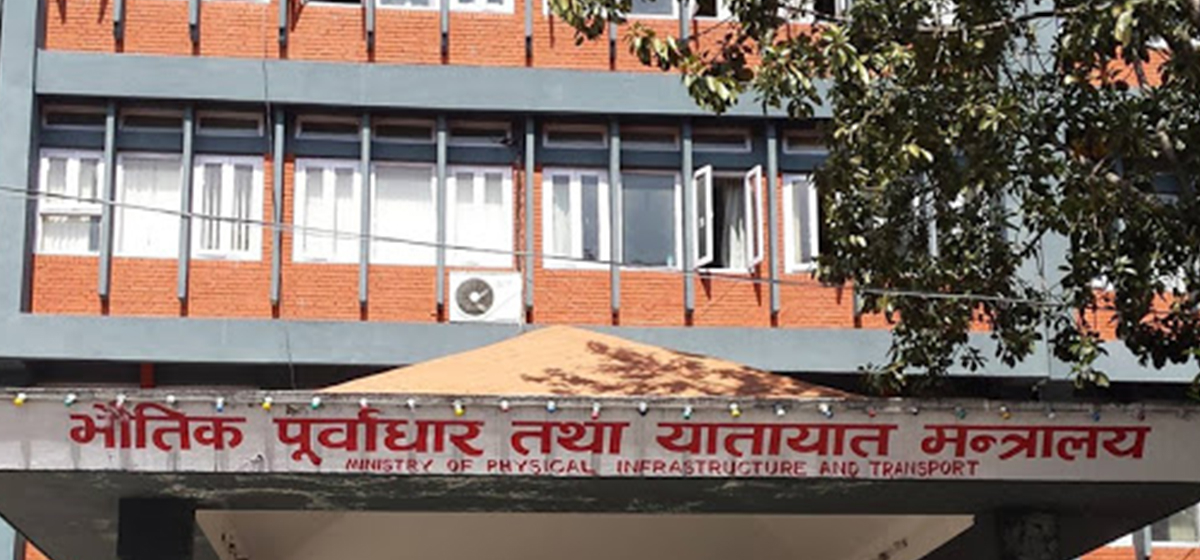
OR
Macroeconomic Situation Report
Inflation goes back into double digits
Published On: July 16, 2016 02:00 AM NPT By: Republica | @RepublicaNepal

KATHMANDU, July 16: Runaway inflation, which was beginning to recede in the previous months after reaching to one of the highest levels, again touched the double-digit level in the eleventh month of the current fiscal year.
According to the periodic report of Nepal Rastra Bank (NRB) based on data of 11 months, the inflation measured in consumer price index, shot up to 11.1 percent in mid-June from 10 percent in mid-May and 9.7 percent in mid-April.
Inflation was at 7.4 percent in the same period of 2014/15.
The rise in inflation belies the general expectations that inflation rate would follow the trend of continuous moderation seen from its peak of 12.1 percent in mid-January 2016.
The unofficial blockade imposed by India from September 23 last year, which continued until the second week of February, is one of the reasons behind skyrocketing inflation until February. With the blockade coming to an end and supply system becoming normal, inflation was also moderating to single-digit. However, the surge to double-digit toward the end of the fiscal year has left the central bankers scratching their heads.
"We were saying that the inflation was coming down to single-digit after the Tarai turmoil and blockade came to an end, resulting to normalization of supplies. However, the spiraling price hike has left us worrying,” a senior official of NRB said.
The new inflation figure has come a day after the central bank unveiled its monetary policy for Fiscal Year 2016/17 which has set a target of containing inflation below 7.5 percent.
Many economists doubt the central bank's ability to tame the inflation at such level at a time when the government has introduced an expansionary and distributive budget. Many also say that the central bank will have a tough time in maintaining price stability while the supply side disruption puts upward pressure in inflation rather than from the demand side. While the central bank has various monetary tools at its disposal to control price rise resulting from demand side, it cannot do anything to check the price that is determined from the obstacles in the supply chain.
The rise in overall inflation was mainly due to double-digit growth in price of food and beverage (11.9 percent), and non-food and services (10.5 percent).
You May Like This

Inflation still in double digits
KATHMANDU, June 17: Despite government's claims of having cracked its whip at price rises, the country's inflation is hovering at double... Read More...

With inflation already crossing 7 percent mark in Nepal, petro price hike to impact consumer goods heavily
KATHMANDU, May 15: While consumers have already been hit hard by the soaring prices of daily essentials, the recent hike in... Read More...

Inflation higher in hilly region, says NRB report
KATHMANDU, Oct 30: The y-o-y consumer price inflation has increased to 3.9 percent in mid-September this year from 3.4 percent... Read More...










Just In
- MoPIT prepares draft of National Road Safety Act, proposes rescue within an hour of an accident
- Light rainfall likely in hilly areas of Koshi, Bagmati, Gandaki and Karnali provinces
- Customs revenue collection surpasses target at Tatopani border, Falls behind at Rasuwagadhi border in Q3
- Rain shocks: On the monsoon in 2024
- Govt receives 1,658 proposals for startup loans; Minimum of 50 points required for eligibility
- Unified Socialist leader Sodari appointed Sudurpaschim CM
- One Nepali dies in UAE flood
- Madhesh Province CM Yadav expands cabinet









Leave A Comment